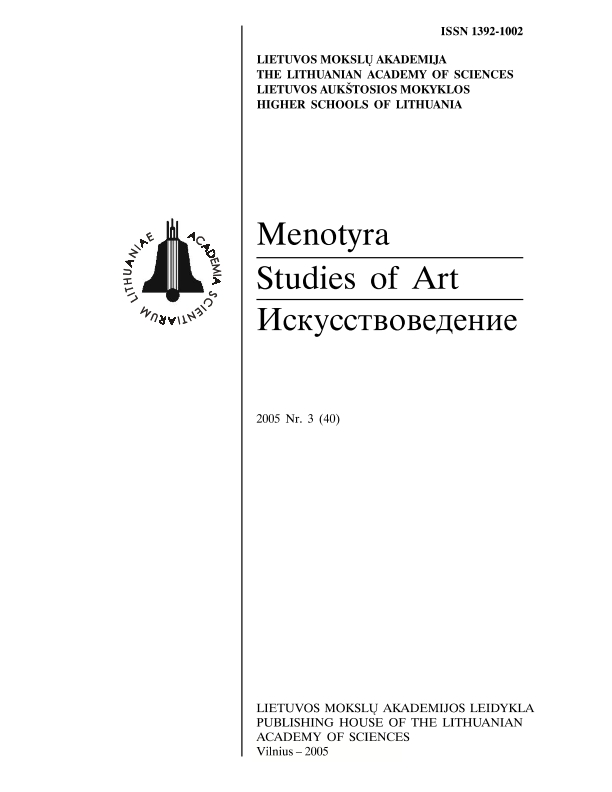Totalinė fotografija: kova už sielas
Totalitarian photography: struggle for souls
Author(s): Margarita MatulytėSubject(s): Photography, Politics and society, History of Communism
Published by: Lietuvos mokslų akademijos leidykla
Summary/Abstract: Drawing on the material from the photographer Ilya Fischer's collection and the Švyturys (Lighthouse) magazine's archives, the article discusses official photographs published in the Lithuanian press during the Stalinist period. It analyses specific methods for the construction of photographic images that helped creating a positive image of the Socialist regime and had to mould the minds of the new Soviet citizens.With its position as a tool for recording reality and its capability of presenting a mythical idea as an unquestionable fact, photography was employed by party ideologists as an instrument of ideological propaganda. Photographers created a censorship-approved product for mass consumption. In propagandist photography artistic expression was reduced to journalistic reportage.The totalitarian visual didactics was based on rather primitive methods of representation. Various means of fabrication (montage, retouch, and commentaries manipulating the content) were used in creating images permeated with social optimism and pathetic heroicness. The formulaic schemes of the Soviet happiness and of the strivings of the Soviet citizens were drilled into the minds of millions. The press was flooded with the portraits of party leaders and "shock-workers" thus stimulating people to follow the example of the hero of the day. Along with formal representations of party leaders, the press published naive, though, in the context of the time, quite inventive portraits of ordinary people, which formed generalized images of the representatives of a certain profession, social group, and most importantly, of a new man – a Soviet citizen.It is not possible to evaluate the impact of such photographic images on the minds of the people or to determine whether the authors themselves believed in the plots they constructed. Historical sources do not give information on the true relationship of the image-producers and image-consumers to the "typical" reality to which no alternative existed.
Journal: Menotyra
- Issue Year: 2005
- Issue No: 3(40)
- Page Range: 21-27
- Page Count: 7
- Language: Lithuanian

